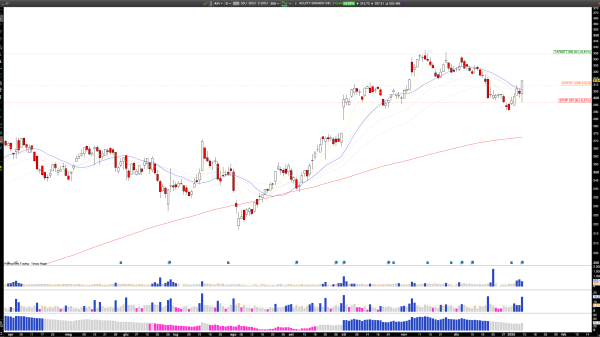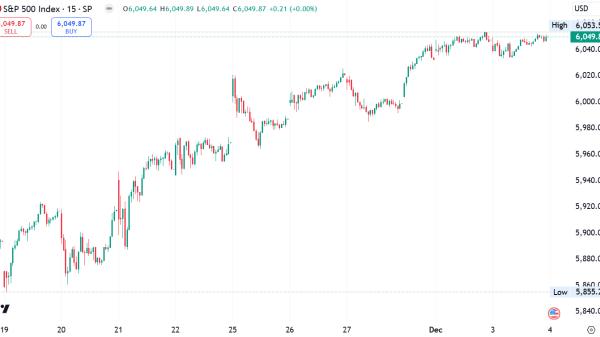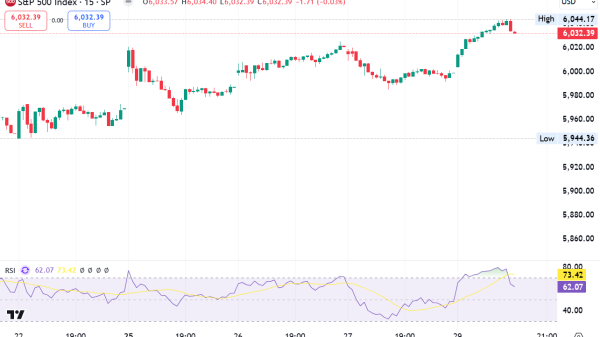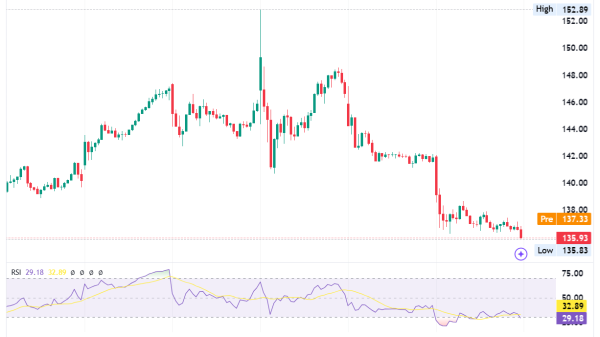The Impact of Market Structure on Oil Trading
Oil is one of the most traded commodities globally, with a market that is highly influenced by market structure. The market structure of oil trading plays a significant role in determining the prices of oil and how they are affected by global events. Understanding the impact of market structure on oil trading is crucial for investors, traders, and policymakers. In this article, we will explore the various market structures of oil trading and their impact on the market. Oil Profit, which is an Oil trading platform, provides buyers and sellers with a platform to exchange crude oil of varied kinds, including sweet and sour crude.
Market Structure Types in Oil Trading
Oil trading is an essential part of the global economy, and the market structure of this industry plays a significant role in determining the price of oil. There are three primary market structures in oil trading: perfect competition, oligopoly, and monopoly. Each of these structures has unique characteristics that impact how oil is traded, and understanding them is crucial to make informed decisions in this market.
Perfect competition is a market structure where there are numerous small buyers and sellers, and no single participant can influence the market’s price. While this market structure is highly efficient, it is rare in the oil trading market due to the high barriers to entry. In a perfect competition market, prices are typically lower, and consumers benefit from a wider range of choices.
The oligopoly market structure is the most common in oil trading. It is characterized by a few large buyers and sellers who dominate the market. In this market structure, firms are interdependent, and their decisions affect each other. This interdependence can lead to a volatile market where prices fluctuate rapidly, especially when there is an unexpected supply or demand shock. In an oligopoly market structure, firms may collude to fix prices, leading to higher prices for consumers. This market structure also provides an opportunity for firms to differentiate their products and services, leading to product innovation and a higher quality of service for consumers.
The monopoly market structure is the least common in oil trading, where a single firm dominates the market. In this market structure, the dominant firm has the power to set the price for the commodity, and consumers have limited choices. The high barriers to entry make it challenging for new firms to enter the market, leading to a lack of competition. As a result, consumers may have to pay higher prices for the commodity, as there are no substitutes available. This market structure is highly inefficient, and governments often regulate monopolies to prevent them from exploiting consumers.
Impact of Market Structure on Oil Trading
The market structure of oil trading has a significant impact on the market’s efficiency, prices, and level of competition. In a perfect competition market structure, the market is highly efficient, with lower prices for consumers. In contrast, the oligopoly and monopoly market structures can lead to higher prices for consumers due to limited competition.
As we already mentioned before, In an oligopoly market structure, firms may collude to fix prices, leading to higher prices for consumers. However, this market structure can also lead to increased innovation, as firms compete to differentiate themselves from their competitors. This competition can lead to new technologies and efficiencies that benefit consumers.
In a monopoly market structure, the dominant firm has the power to set the price for the commodity. This can lead to higher prices for consumers, with limited choices available. However, this market structure can also lead to increased investment in research and development as the dominant firm seeks to maintain its market position.
The market structure of oil trading can also impact the level of risk in the market. In a perfect competition market structure, the market is highly efficient, with low risk. However, in an oligopoly or monopoly market structure, the market is more volatile, with higher levels of risk.
Conclusion
In conclusion, the market structure of oil trading has a significant impact on the market’s efficiency, prices, and level of competition. Understanding the various market structures and their impact on the market is crucial for investors, traders, and policymakers. While a perfect competition market structure is rare in oil trading, it is highly efficient, with lower prices for consumers. The oligopoly and monopoly market structures can lead to higher prices for consumers due to limited competition, but they can also lead to increased innovation and investment in research and development.
The post The Impact of Market Structure on Oil Trading appeared first on FinanceBrokerage.





























